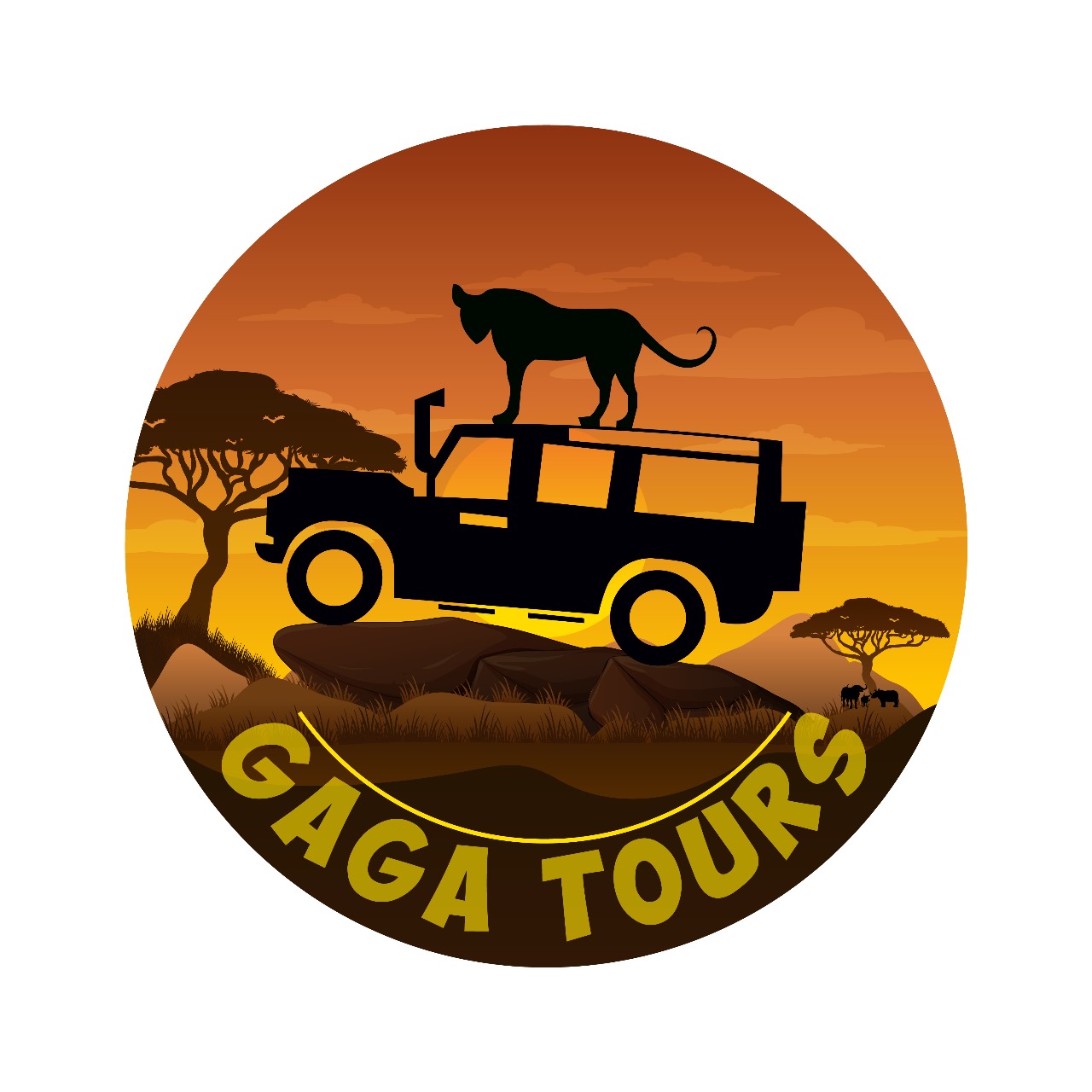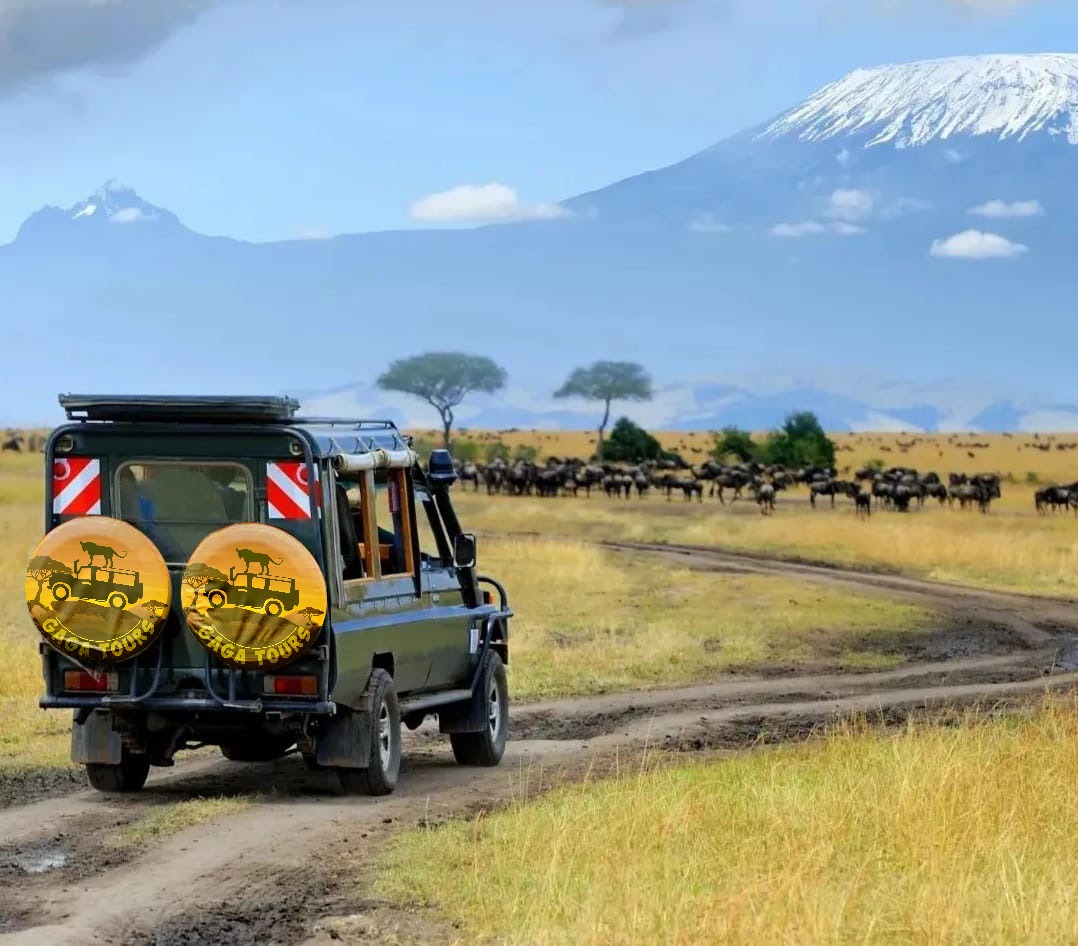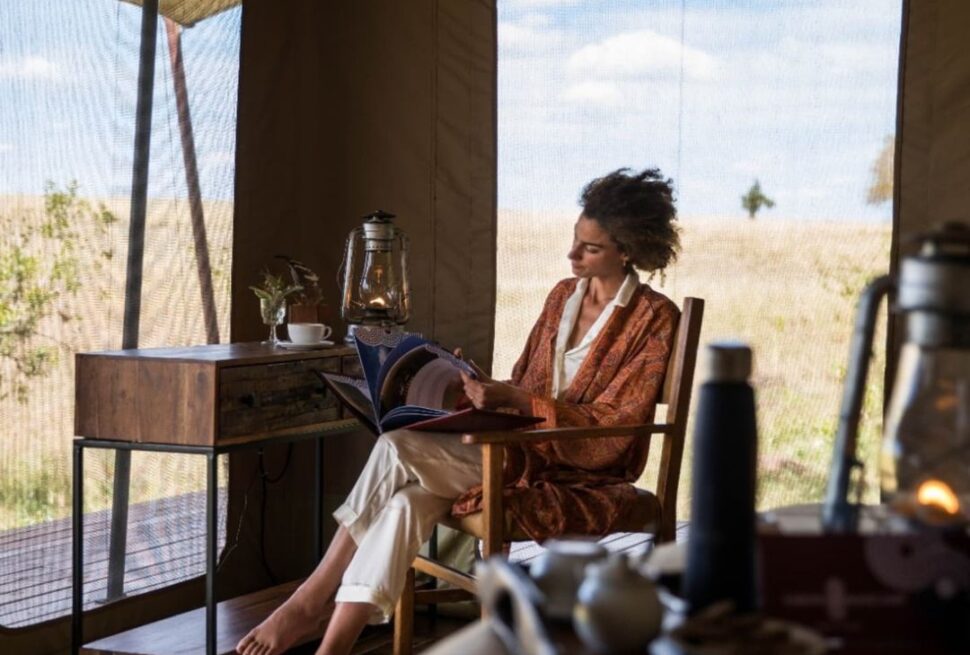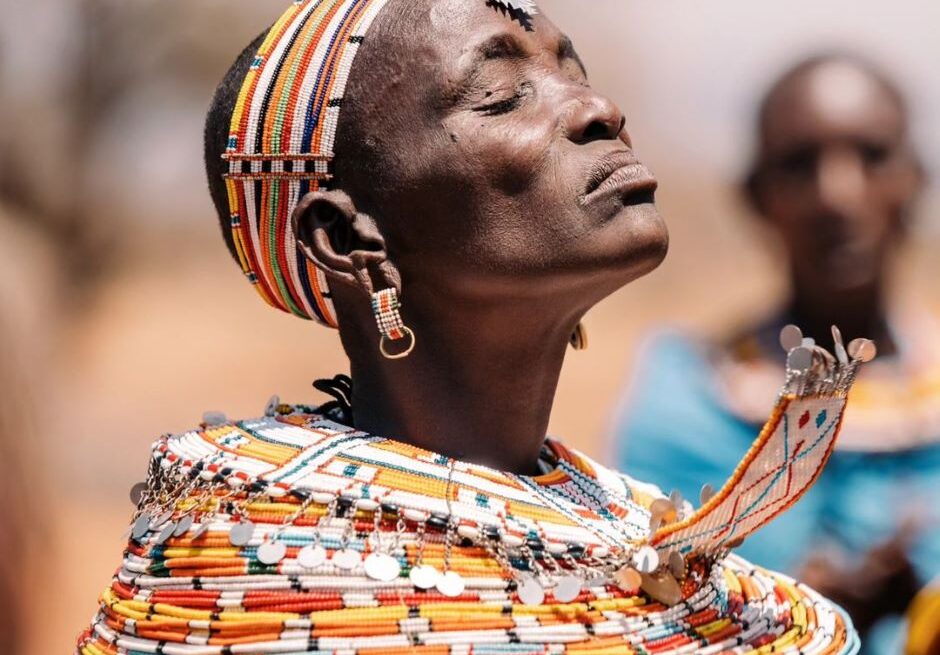Kenya is one of the world’s most sought-after safari destinations, offering a wealth of diverse landscapes, abundant wildlife, and rich cultural heritage. Whether you’re dreaming of spotting the Big Five in the Maasai Mara, experiencing the serene beauty of Amboseli National Park, or exploring the vastness of Tsavo, planning a safari in Kenya can be an exciting yet daunting task. But with the right advice, resources, and preparation, your dream safari can become a reality.
In this guide, we’ll walk you through the essential steps for planning your Kenya safari, from crafting the perfect itinerary and understanding the best time to visit, to packing tips and useful travel advice. Whether you’re a first-time traveler or a seasoned safari-goer, these tips will help you make the most of your Kenyan adventure.
Step 1: Choose the Best Safari Destinations in Kenya
Kenya is home to some of the most famous safari destinations in Africa. Each park and reserve offers unique experiences, so choosing the right destinations for your trip is one of the first steps in Kenya safari planning.
1. Maasai Mara National Reserve
The Maasai Mara is arguably Kenya’s most famous safari destination, known for its incredible wildlife sightings, especially during the Great Migration. It’s the place to see the Big Five (lions, elephants, buffalo, leopards, and rhinos) as well as other animals like cheetahs, giraffes, and zebras. The Mara is a must-see for those interested in dramatic predator-prey interactions.
- Best Time to Visit: July to October for the Great Migration, though it’s great year-round.
2. Amboseli National Park
Famed for its stunning views of Mount Kilimanjaro, Amboseli is a top destination for elephant lovers. The park is home to large herds of elephants and offers fantastic opportunities for birdwatching and wildlife photography. Its open plains and marshes make it easy to spot wildlife.
- Best Time to Visit: June to October during the dry season, when animals congregate around waterholes.
3. Tsavo National Parks (Tsavo East & Tsavo West)
Tsavo is one of Kenya’s largest and oldest parks, divided into Tsavo East and Tsavo West. It’s known for its dramatic landscapes, ranging from arid savannah to lush riverine forests. Tsavo is also home to the famous “red elephants,” which take on a reddish hue after dusting themselves with red volcanic soil.
- Best Time to Visit: June to October for great wildlife sightings.
4. Lake Nakuru National Park
Lake Nakuru is renowned for its vast flocks of flamingos that line the shores of the lake, but it also offers great game viewing, including rhinos, giraffes, and lions. The park is small but perfect for a day trip or a short safari.
- Best Time to Visit: July to October, when the birdlife is most active.
5. Samburu National Reserve
Located in northern Kenya, Samburu offers a unique experience for those looking to see wildlife species that are specific to the region, such as the Samburu Five (Grevy’s zebra, reticulated giraffe, Somali ostrich, gerenuk, and Beisa oryx). The reserve is more remote and less visited, providing a more exclusive experience.
- Best Time to Visit: June to October.
6. Chyulu Hills National Park
If you’re seeking a more off-the-beaten-path destination, Chyulu Hills offers breathtaking views of Mount Kilimanjaro and rolling hills dotted with wildlife. It’s a great option for those looking for a quieter, more exclusive safari experience.
- Best Time to Visit: Year-round, but dry season is ideal for wildlife viewing.
Step 2: Decide on the Type of Safari Experience
Once you’ve selected your safari destinations, the next step in Kenya safari planning is deciding on the type of safari experience you want. Kenya offers a variety of safari options, each providing a unique experience.
1. Private Safaris
If you’re looking for exclusivity and flexibility, a private safari is the best choice. You’ll have a dedicated vehicle, guide, and itinerary, and can tailor the experience to your interests, whether it’s game drives, walking safaris, or cultural visits.
2. Group Safaris
Group safaris are more affordable and can be a great way to meet other travelers. They typically follow fixed itineraries, and you’ll share a vehicle with other guests. This is a great option for those on a budget or those seeking a social safari experience.
3. Luxury Safaris
For those seeking the ultimate in comfort, luxury safaris offer world-class lodges and camps, private game drives, and exclusive experiences. Many high-end safari operators offer luxurious amenities like private plunge pools, butler service, and spa treatments in the middle of the wilderness.
4. Cultural Safaris
If you’re interested in immersing yourself in local culture, look for cultural safaris that include visits to Maasai villages, Samburu communities, or even time spent learning about local conservation efforts. These safaris offer a deeper understanding of the traditions and lifestyles of Kenya’s indigenous peoples.
5. Photographic Safaris
Kenya is a paradise for photographers. A photographic safari focuses on wildlife photography, with expert guides who know the best locations for capturing the perfect shot. You’ll also learn tips and tricks for photographing wildlife, landscapes, and the stunning skies of Kenya.
Step 3: Plan Your Safari Itinerary
Sample 7-Day Kenya Safari Itinerary
A typical 7-day safari in Kenya allows you to explore a mix of parks and reserves. Here’s a sample itinerary for those seeking to experience Kenya’s top safari destinations.
- Day 1: Arrival in Nairobi Arrive at Jomo Kenyatta International Airport, where you will be met by your guide from Gaga Tours. Depending on your arrival time, you can visit the Giraffe Centre or the David Sheldrick Wildlife Trust before transferring to your accommodation in Nairobi.
- Day 2-3: Maasai Mara Fly to the Maasai Mara for a two-day stay at one of the luxurious safari camps or lodges. Enjoy morning and afternoon game drives and a hot air balloon safari for breathtaking views of the Mara.
- Day 4-5: Amboseli National Park Fly to Amboseli National Park, known for its large elephant herds and stunning views of Mount Kilimanjaro. Spend your days on game drives, visiting the Amboseli swamps, and enjoying sundowners overlooking the park.
- Day 6-7: Lake Nakuru or Tsavo Head to Lake Nakuru for its vibrant birdlife and rhino sanctuary, or opt for the less-visited Tsavo National Park, where you can experience the famous red elephants and vast, dramatic landscapes. After a morning game drive, transfer back to Nairobi for your departure flight.
This itinerary is just a suggestion, and your trip can be customized to fit your interests, time constraints, and budget.
Step 4: Pack for Your Safari
Packing for a Kenya safari requires some thought to ensure you’re prepared for both the wildlife adventures and the range of temperatures. Here’s a checklist of what to pack for a Kenya safari:
Essentials:
- Lightweight, breathable clothing (neutral colors like khaki or olive are best for safaris)
- Comfortable shoes for walking safaris and game drives
- Sun protection (sunscreen, sunglasses, wide-brimmed hat)
- Binoculars for wildlife viewing
- Camera gear (if you’re into photography)
- Insect repellent (to protect against mosquitos)
- Travel documents (passport, visa, travel insurance)
- Power adapters (Kenya uses Type G plugs)
Optional but Helpful:
- Swimwear (for poolside relaxation or lodge hot tubs)
- A light jacket or sweater (it can be chilly early in the morning and evening)
- A daypack for carrying essentials during game drives
- Medication (any necessary prescriptions, malaria prophylaxis)
- Notebook or journal to record your experiences
Step 5: Consider Practical Travel Tips
1. Book Your Safari in Advance
Popular safari destinations like the Maasai Mara and Amboseli can book up quickly, especially during peak travel seasons (July-October for the Great Migration). To secure your preferred accommodations and activities, it’s wise to book your Kenya safari several months in advance.
2. Travel Insurance
Make sure you have comprehensive travel insurance that covers medical emergencies, trip cancellations, and any unexpected circumstances that might arise.
3. Visas & Vaccinations
Most travelers will need a tourist visa to enter Kenya. You can apply for an eVisa online before departure. It’s also important to check the vaccination requirements for travel to Kenya, including vaccinations for yellow fever and malaria prophylaxis.
4. Tipping
Tipping is customary in Kenya, especially for guides and lodge staff. While it’s not obligatory, tips are appreciated. A typical tip for a safari guide is around $10-15 USD per day.
Planning the perfect Kenya safari requires thoughtful preparation, but the effort is well worth it for the unforgettable experiences and memories you’ll create. From selecting the best destinations to curating a personalized itinerary, these tips will guide you every step of the way. By choosing your safari style, packing wisely, and following our travel advice, you’ll be ready to embark on an adventure of a lifetime.
Start planning your Kenya safari today, and get ready for a once-in-a-lifetime experience that combines thrilling wildlife encounters, stunning landscapes, and the chance to immerse yourself in one of the world’s most spectacular natural environments.




